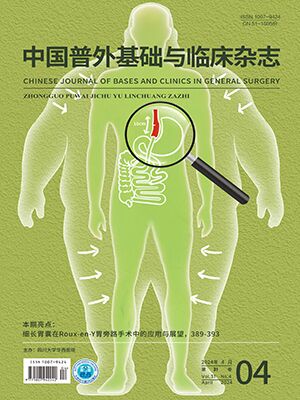To evaluate the development prevention and treatment of pneumonic injury after operation on aged patients with abdominal infection. We analyzed 77 aged patients (>60 y) admitted from Jan. 1991 to Dec. 1992: 38 cases of which with abdominal infection (infection group), 39 cases without abdominal infection (non-infection group). All patients were given oxygen therapy and continuous SaO2 monitoring. Results: There were 28 patients with hypoxemia (SaO2<95%) in infection group, with an occurrence rate of 73.7%. In non-infection group (12 patients), the rate of hyoxemia was 30.8%, which has significant difference between two groups (P<0.001). All patients with hypoxemia were given oxygen therapy and 31 patients′ SaO2 was elevated. The efficient rate was 77.5%. Other 9 patients developed ARDS, the rate was 2.5% (9/40). In the infection group 8 patients developed ARDS with an occurrence rate of 21.1%. There was one patient with ARDS in the non-infection group, the rate was 2.6%. There was significant difference between two group (P<0.05). Conclusions: The results suggest that hypoxemia is liable to occur in aged patients with abdominal infection after operation and these patients were liable to develop ARDS. Oxygen therapy and SaO2 monitoring is the important managements to these patients in prevention of pneumonic injury.
Citation: Chen Lili,Wang Hongying,Hao Hankun.. PREVENTION AND TREATMENT OF PNEUMONIC INJURY AFTER OPERATION IN AGED PATIENTS WITH ABDOMINAL INFECTION. CHINESE JOURNAL OF BASES AND CLINICS IN GENERAL SURGERY, 1999, 6(5): 294-295. doi: Copy




